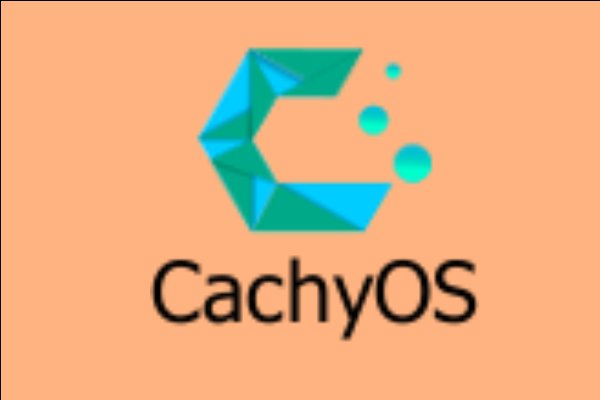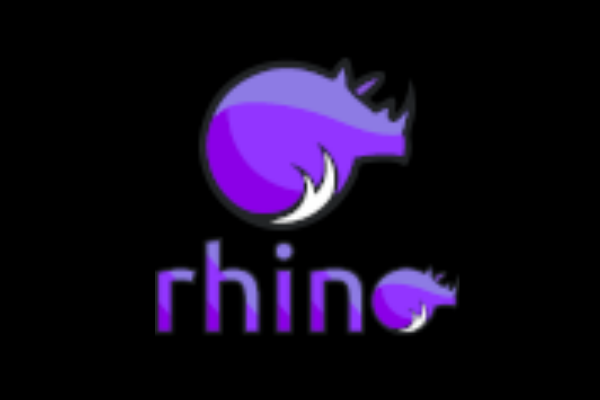ALT Linux is a Russian-based Linux distribution built on the RPM package manager, based on the Sisyphus repository. It initially grew out of Russian localization efforts, collaborating with international distributions such as Mandrake and SUSE Linux, with a particular focus on supporting the Cyrillic alphabet.
The history of ALT Linux dates back to the early 2000s, when Russian developers were working on localizing the then-popular Mandrake Linux. During this collaboration, they realized that support for Cyrillic script and the specific characteristics of the Russian language and education system required a separate development direction. This realization gave rise to the ALT Linux project. Its first version, ALT Linux Junior 1.0, was released in the summer of 2001. Behind the project is an international community of developers, the ALT Linux Team, which consists of more than 80 programmers from Russia, Belarus, Ukraine, Kazakhstan, Estonia, and Israel, most of whom are not employees of ALT Linux, which demonstrates the power of community-based development.
The developments should not be interpreted solely as a civil initiative. In 2008, the Russian government decided to switch all schools in the country to free software, with ALT Linux at the center of this initiative. The company behind the project, now known as BaseALT LLC, received significant state support for this and now employs more than 150 full-time developers. The goal was to create a national operating system that would be independent of Western software giants not only in technological terms, but also in legal and cultural terms.

ALT Linux 11.0, released in May 2025, marked a new era not only in terms of its version number but also in terms of its content. The technical foundations of the system, such as the 6.12 LTS Linux kernel and the GCC 14 compiler package, ensure modern, stable operation. However, the most striking change concerns the user interface: the previous MATE environment has been replaced by GNOME, which provides a clean, modern user experience through the GTK4 and Libadwaita libraries. The glassmorphism style elements in the system's visuals, the reinstalled applications, and the intuitive Qt 6-based installer are specifically focused on usability.
The educational version of the system, ALT Education 11.0, was released on July 1, 2025. This release is tailored to the educational environment not only in its software selection but also in its philosophy. ALT Education aims to provide a comprehensive solution for school, college, and university IT infrastructures, whether it be workstations, servers, or network settings.
The educational distribution is available with several graphical environments: by default, it runs on the modern KDE Plasma 6 Wayland, but Xfce 4.20 is also available, and console server installation is also possible. The developers have taken care to integrate professional applications: the system includes GIMP, Inkscape, Blender, and Scribus, as well as serious mathematical and scientific software such as wxMaxima. Programming education is also a focus, as the system supports multiple languages (Perl, Python, PHP) and development environments. Everyday school work is aided by tools such as the long-term support edition of LibreOffice 24.8 and WINE, which allows certain Windows applications to run.

The system is easy to install, network and system settings are well documented, and the new altcenter application facilitates central administration of the machines. The system, designed for educational purposes, therefore attempts to unify not only the operating environment but the entire IT ecosystem.
The developers have also paid special attention to clarifying the legal framework. ALT Education can be downloaded free of charge for home and private use, but a license agreement is required for institutional (legal entity) use. The software is available through official mirror servers, including Russian, European, and international mirrors.
ALT Linux does not claim to be a universal alternative to commercial software, but its efforts are taking on an increasingly mature form. Its educational version is a particularly good example of how a free software solution can be turned into a real, workable educational tool. ALT Education 11.0 does not promise miracles, but it offers a stable and well-thought-out foundation for future generations.









































